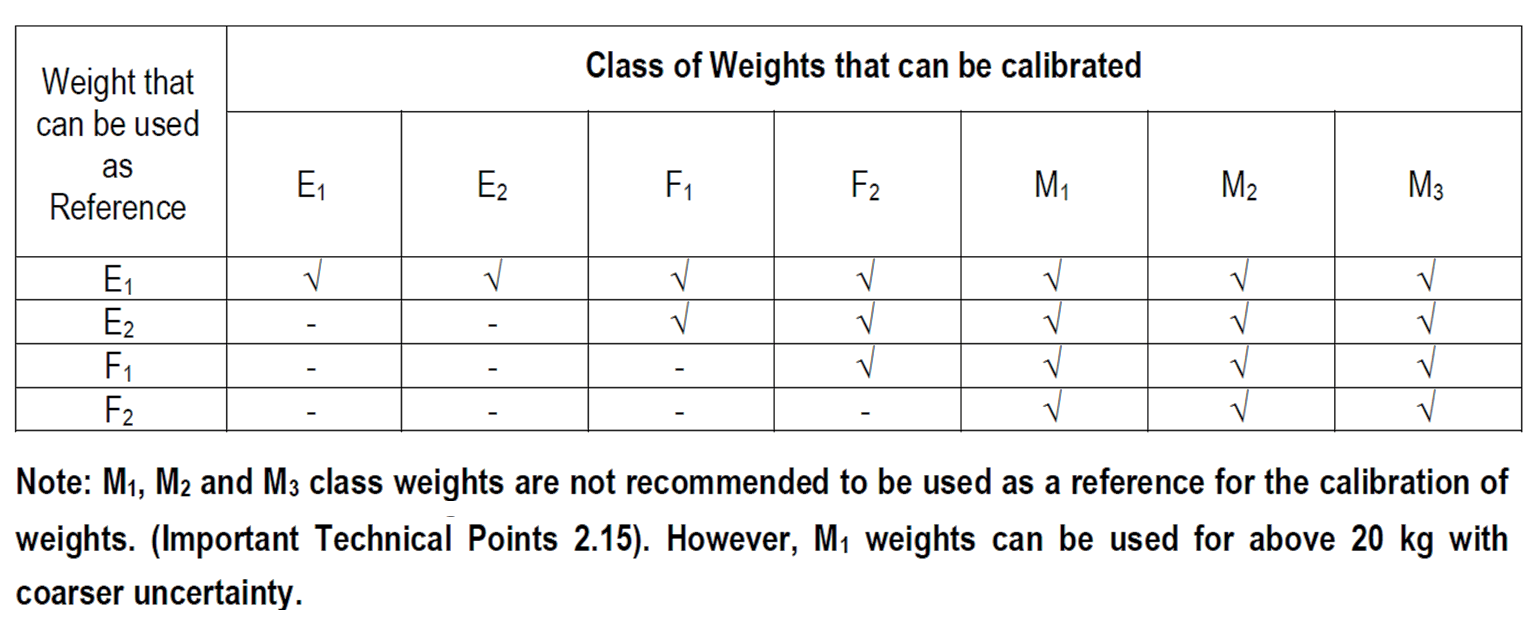Ashleyyyreyyy Leaks Fact Check Experts Weigh In %e2%80%93 Are We Missing Something Unlock The Transformative Por Of The Angela Clayton Pattern Your
The unified model is a theoretical framework that seeks to explain the various manifestations of active galactic nuclei (agn) and their properties by suggesting they are fundamentally the same phenomenon viewed from different perspectives. The basic idea behind unified model of agn is that all of the agn which we observe have the same internal structure in their nucleus. In this review, we will limit our attention here to understand what characteristics a torus needs to have in.
Calibration Weight Class 6 at Jane Mcgary blog
Other relevant reviews on obscuration around agn and obscured agn are those of ramos almeida & ricci (2017), hickox & alexander (2018), and the upda ed review by antonucci (2012) respectively. Ntial work to assess the unification model. Agn with jets that are coincidentally pointed at the earth are extremely bright at all wavelengths, from radio to gamma rays, due to doppler beaming.
Artist’s conception of the unified agn model.
Therefore, simulations that incorporate agn feedback and span larger volumes are necessary to investigate how the he ii /ly α varies with agn luminosity, and to draw more robust conclusions about its potential correlation with the agn type under the unified model. The unified model includes the central black hole, a rotating disk of infalling material surrounding the black hole, and the jets speeding outward from the poles of the disk. These types of agn are known as blazars. This review describes recent developments related to the unified model of active galactic nuclei (agn).
It focuses on new ideas about the origin and properties of the central obscurer (torus), and the connection with its surrounding. This animated infographic provides a simplified representation of the unified model of active galactic nuclei or agns, energetic sources powered by supermassive black holes that exist at the centre of some galaxies. You are now familiar with the main components for building models of agns: The unified model of active galactic nuclei (umagn) is a comprehensive theoretical framework aimed at elucidating the diverse observations of agn, encompassing quasars and seyfert galaxies.

These are called `type 2' agn.

